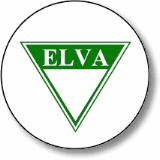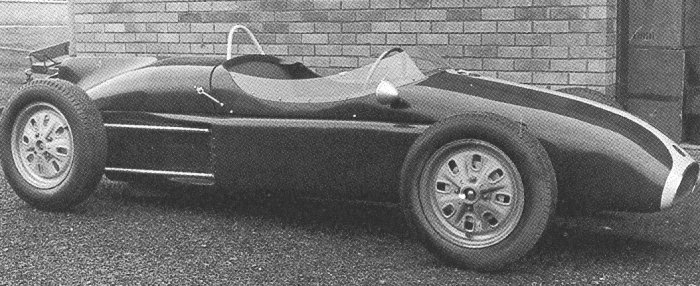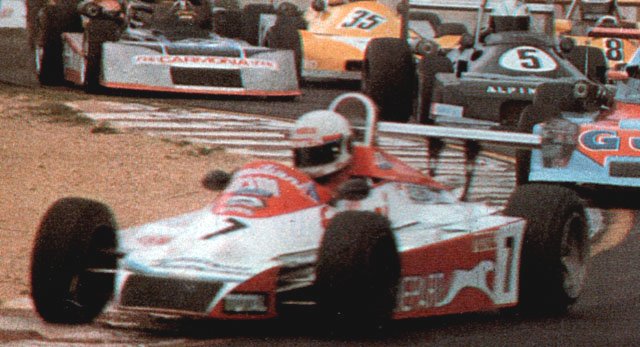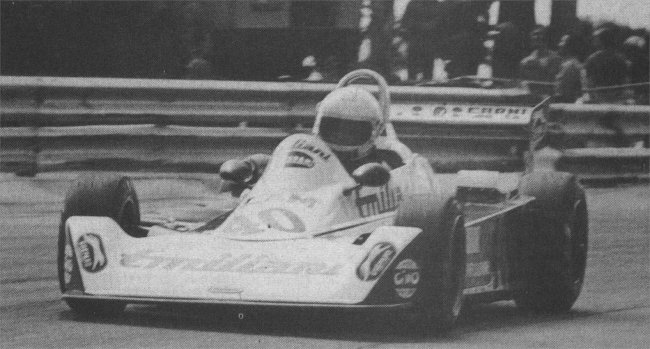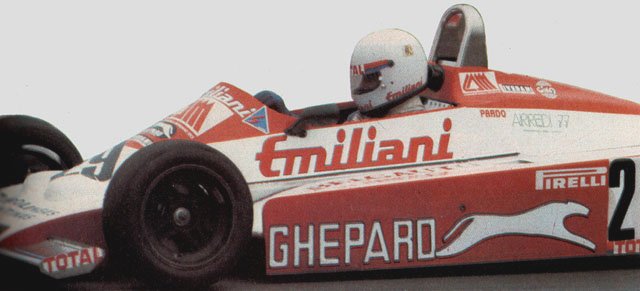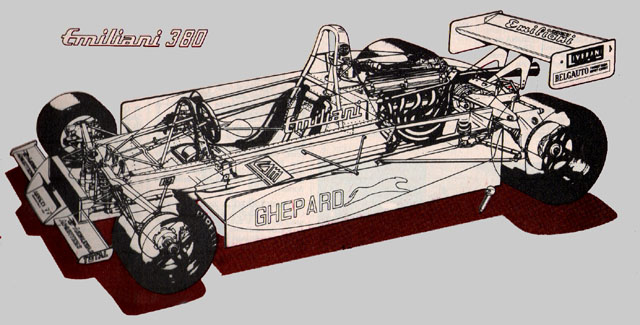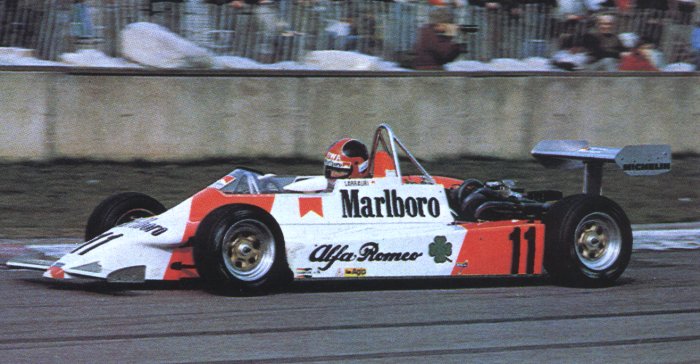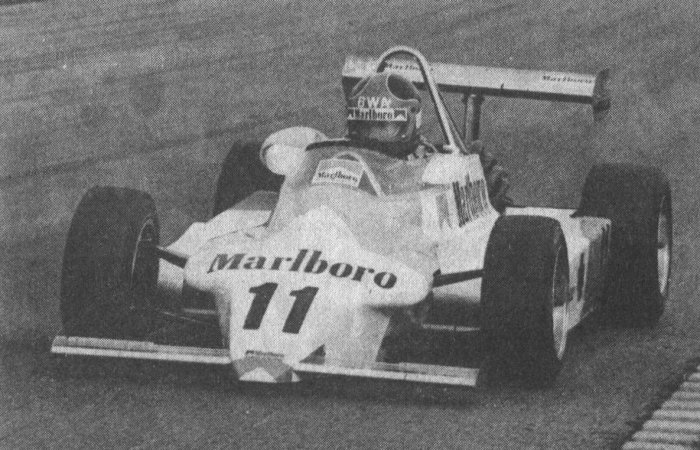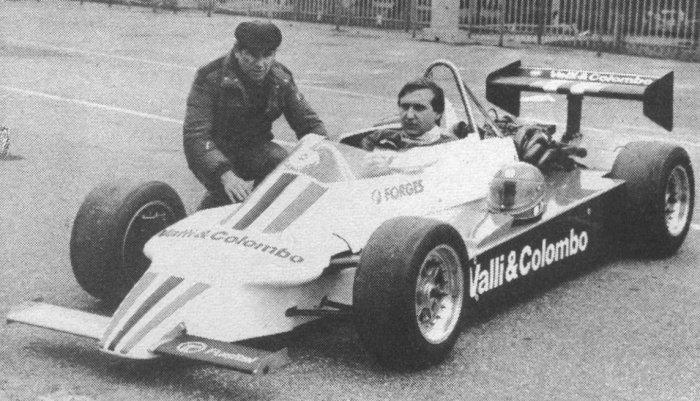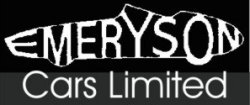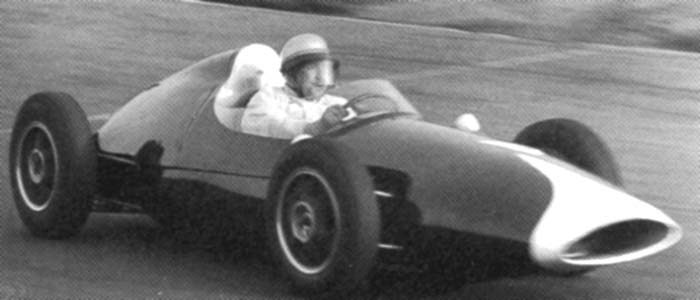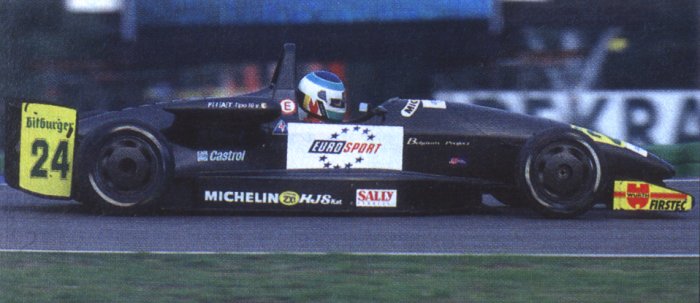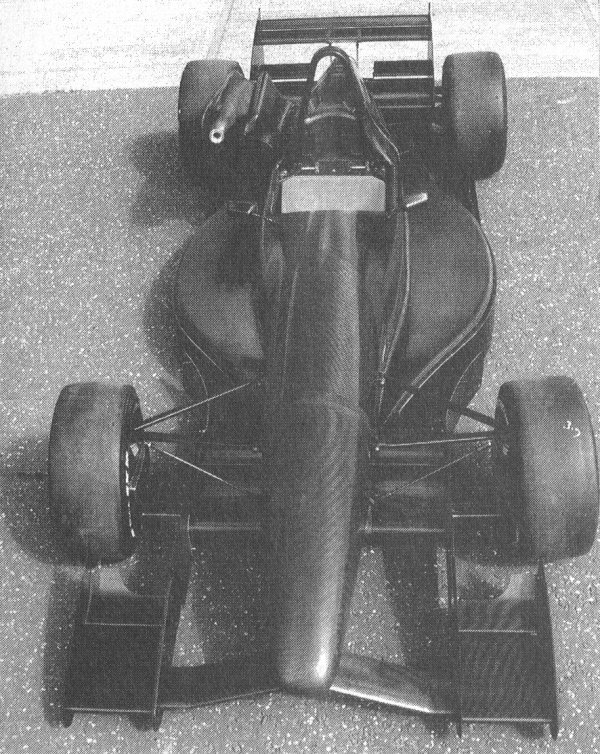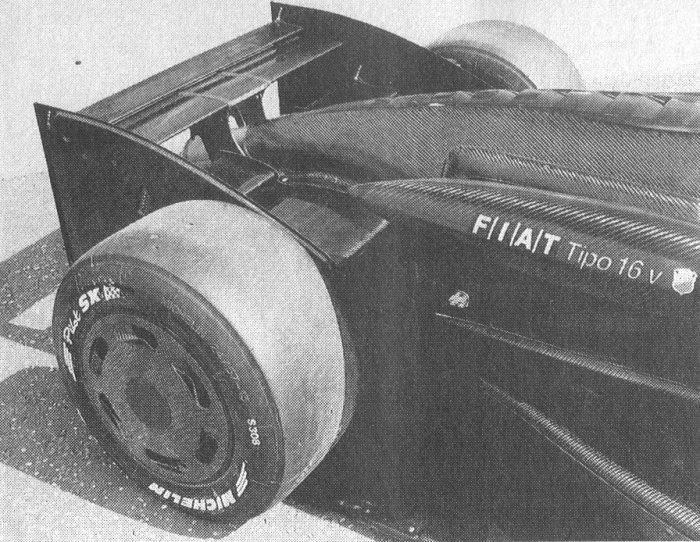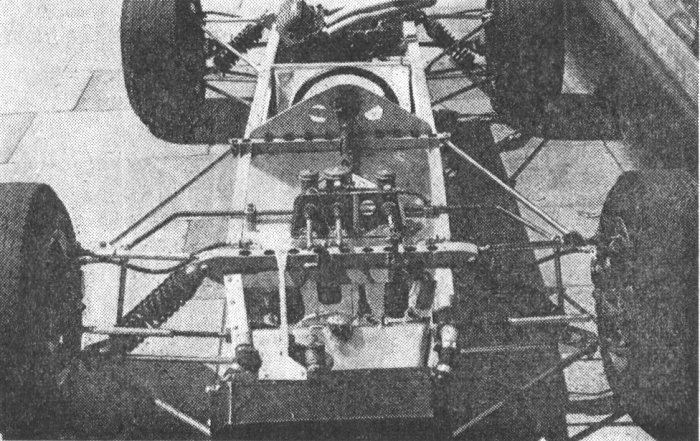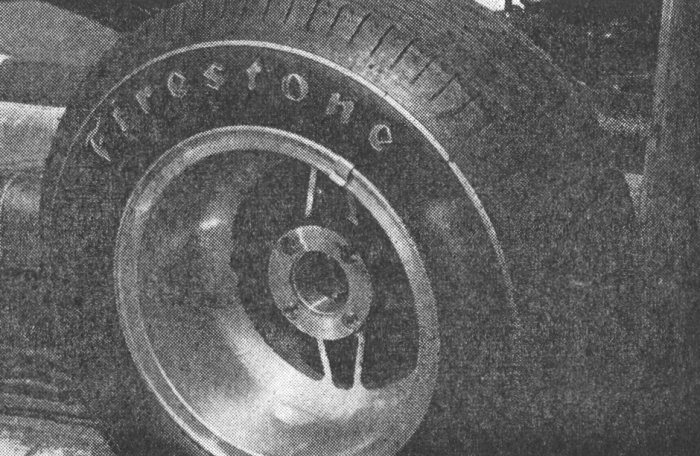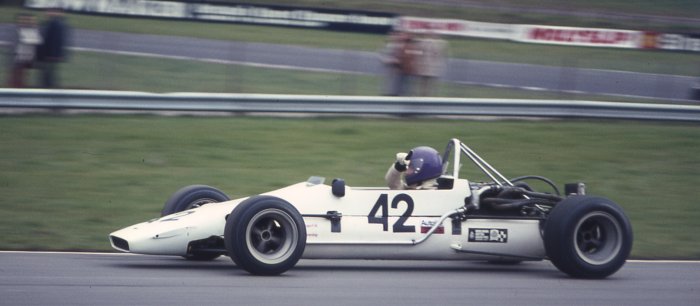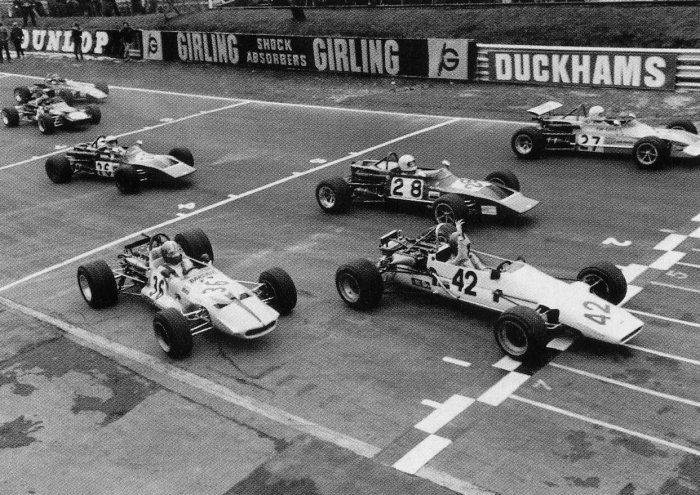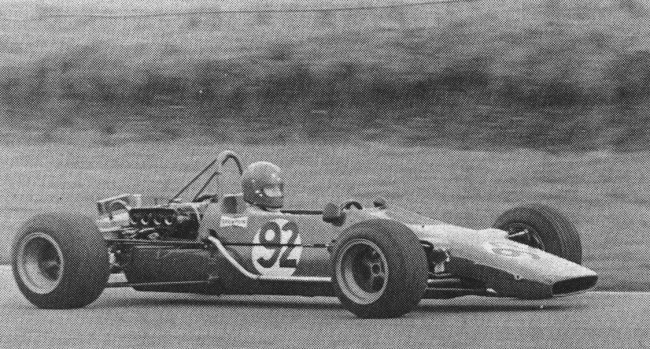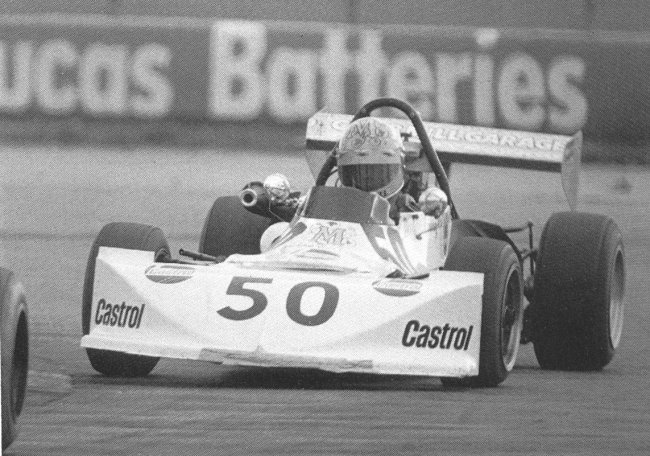Elva
Elva (from the Latin “she goes”) were one of the earliest manufacturers to build a F Junior chassis their first car appearing at the first F Junior race at Snetterton in 1959. The company was formed by Frank Nichols in the early fifties initially constructing sports cars before moving into F Junior. The first Elvas proved both successful and popular but they were soon overtaken by the more famous names both here and on the continent and in 1962 Elva stopped building Juniors and returned to sports cars.
A 200 with a BMC engine was seen at Caserta in June of 1964 and an unknown Elva model appeared at a F3 race at the Nurburgring, the engine wasn’t listed and the car was probably still in Junior guise. Similarly a Mk1 DKW-powered model raced at the Roskilde Ring in 1965 without making an impression.
Drivers
1964
200
Lars Bjuhr.
?
Dieter Noisternig.
1965
Mk1
Björn Nielsen.
1966 ?
Björn Öhrman.

